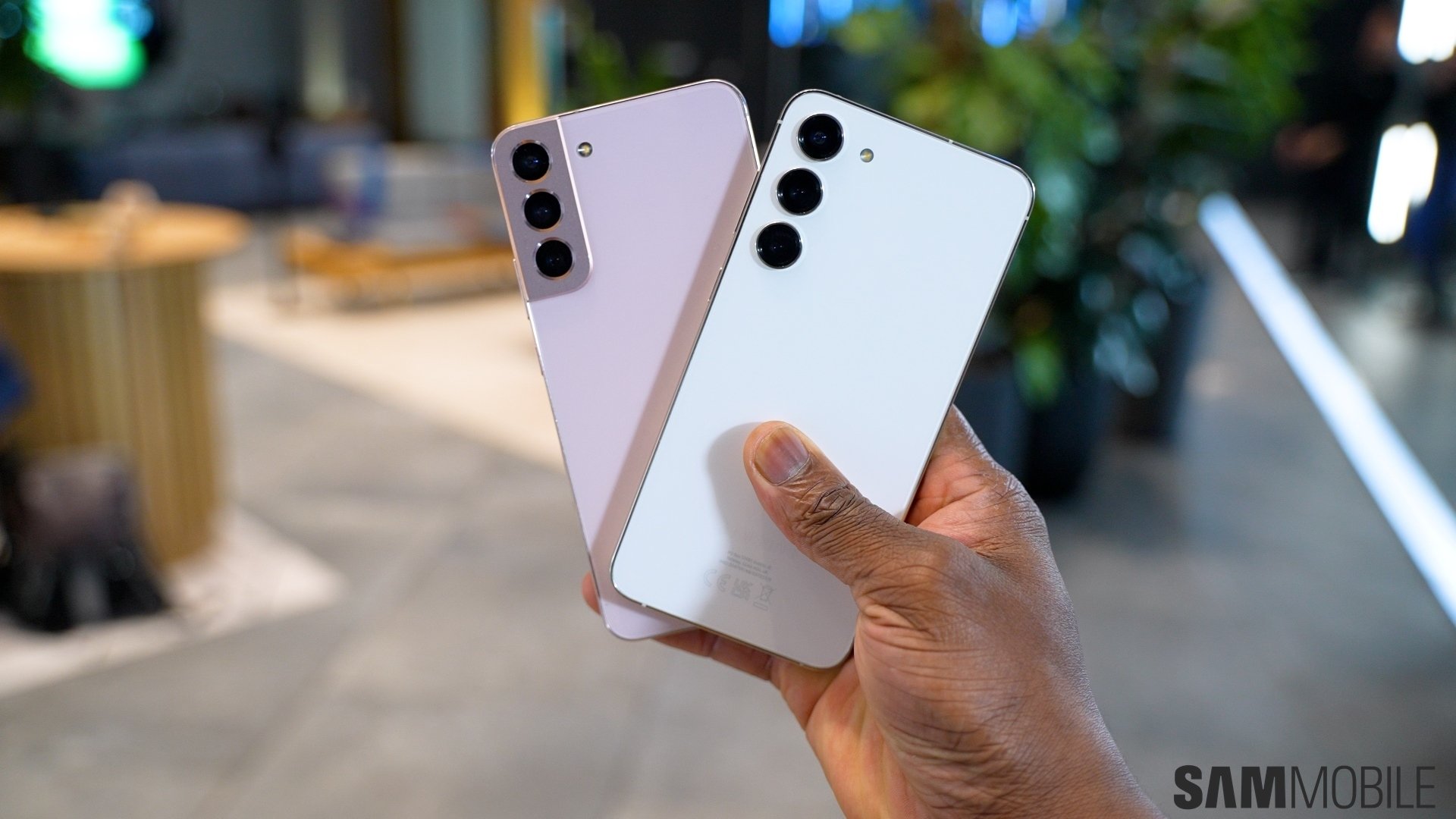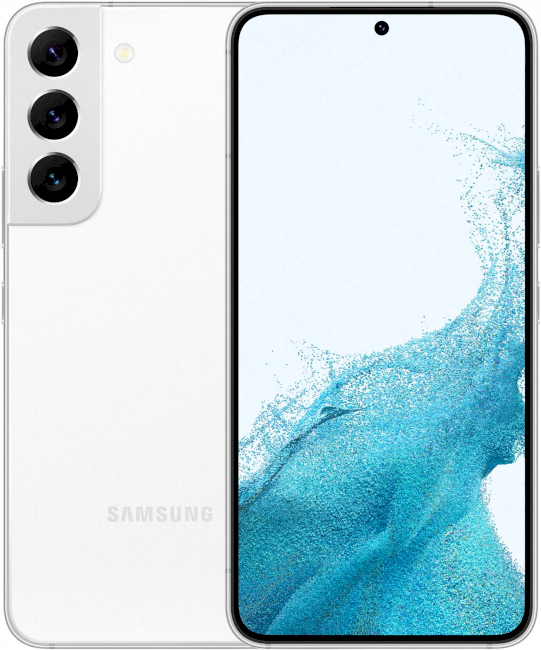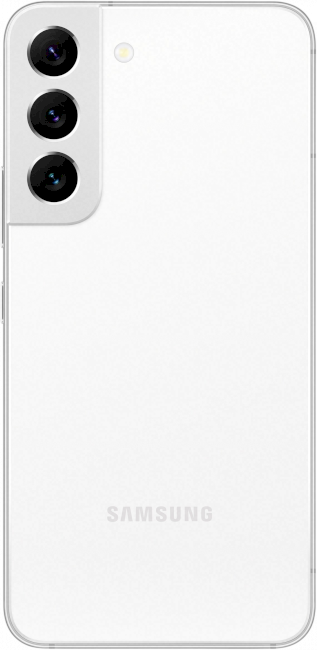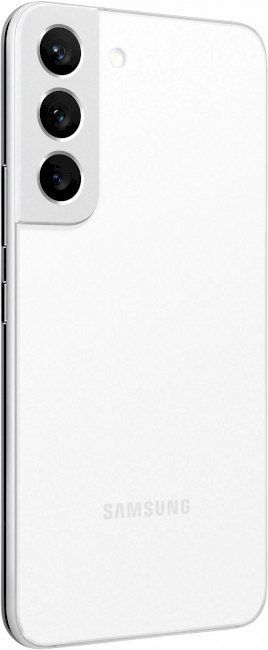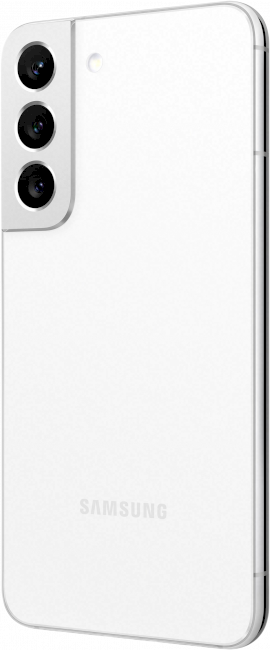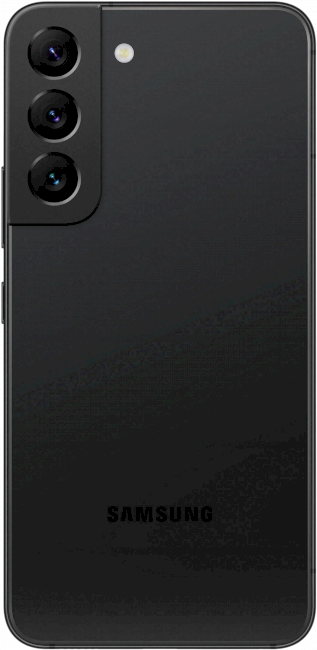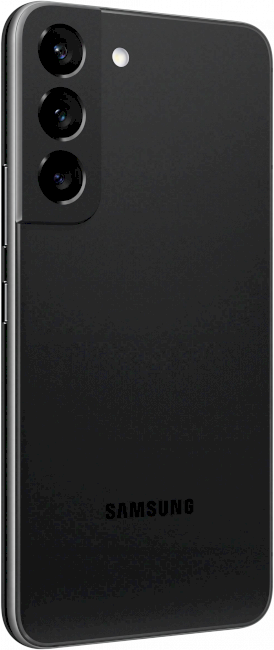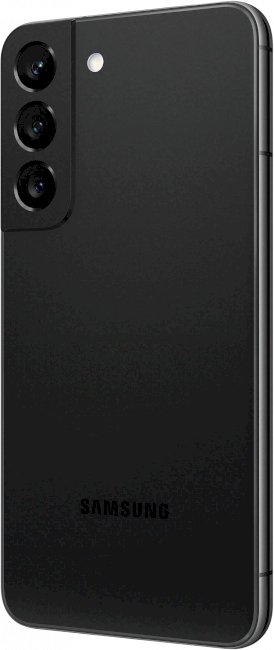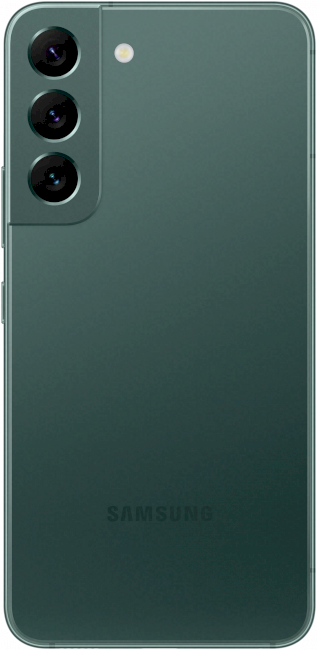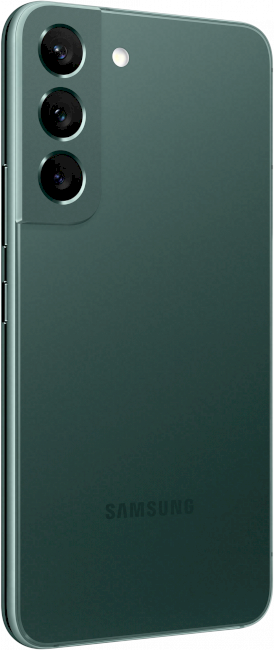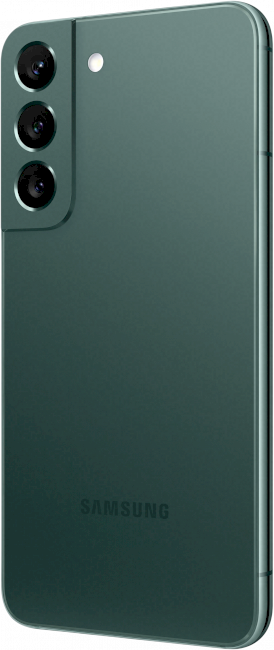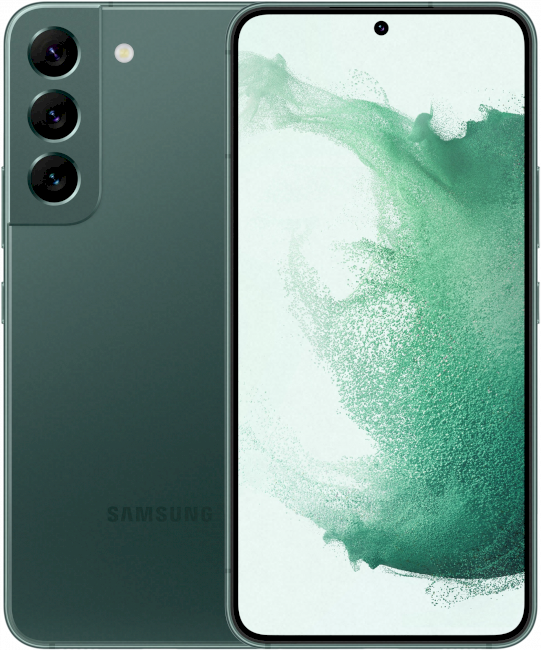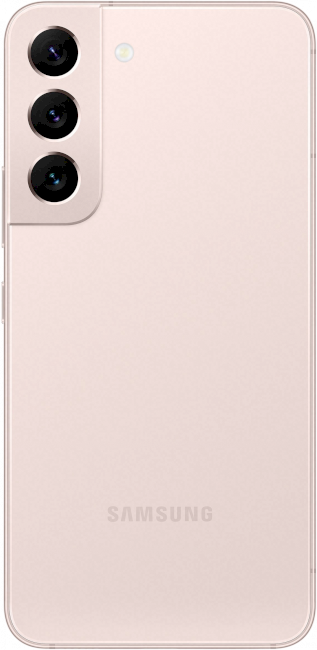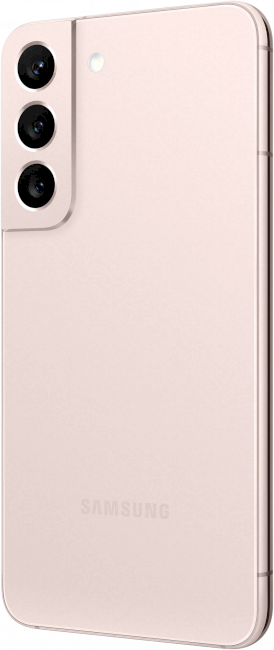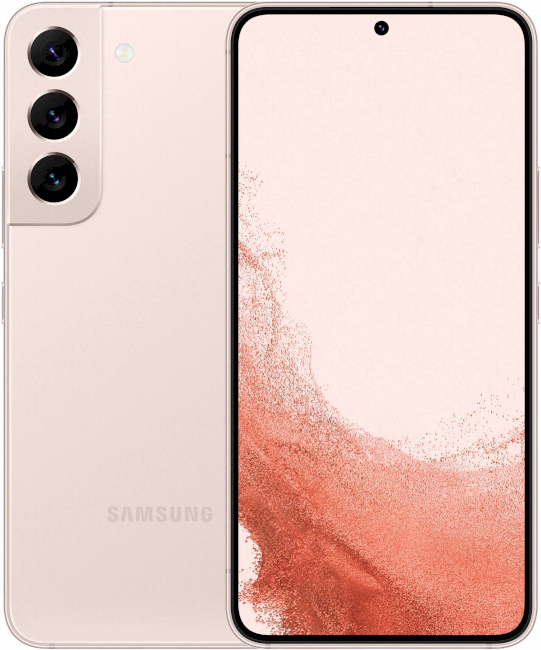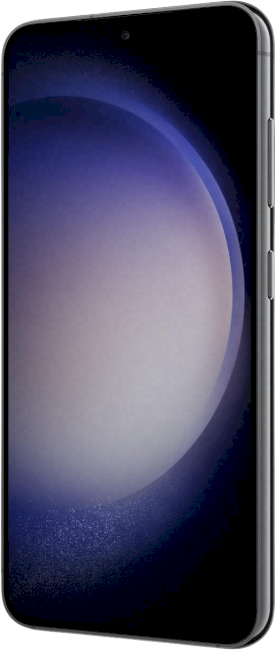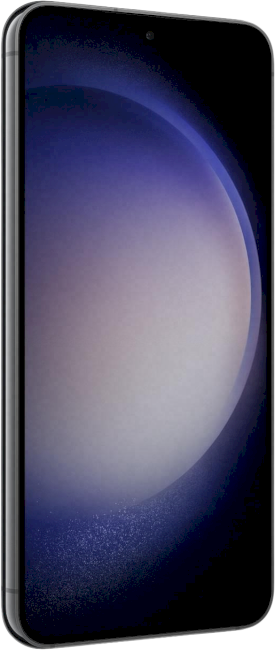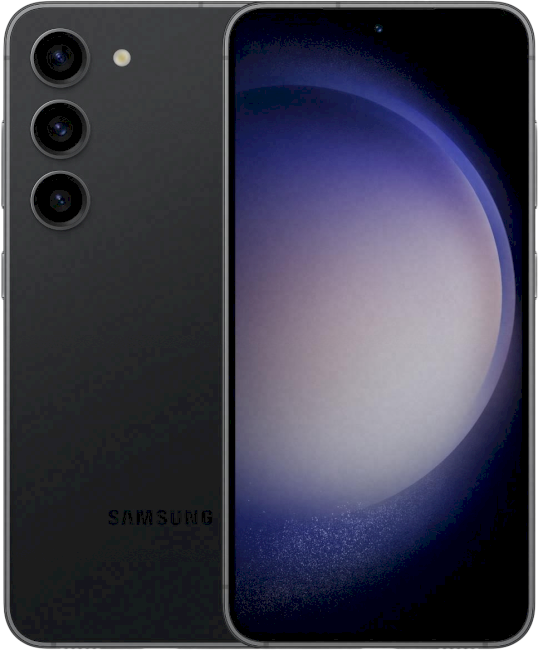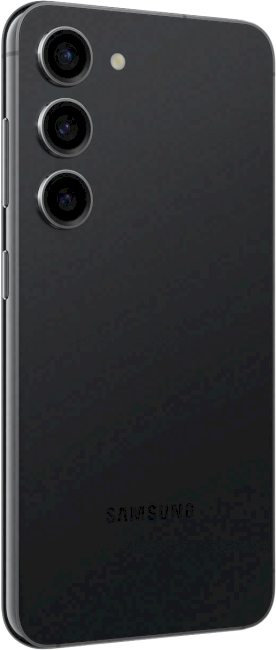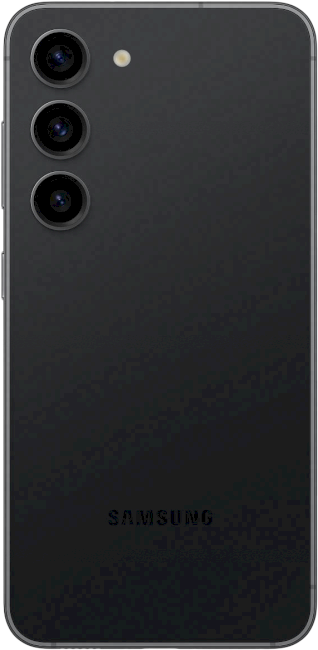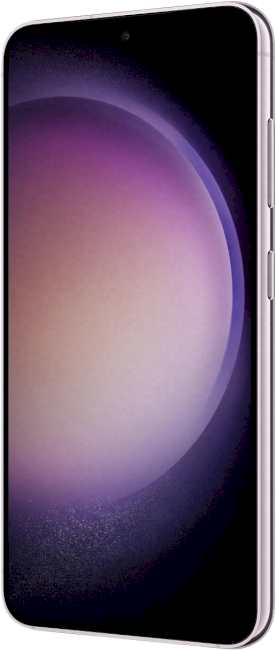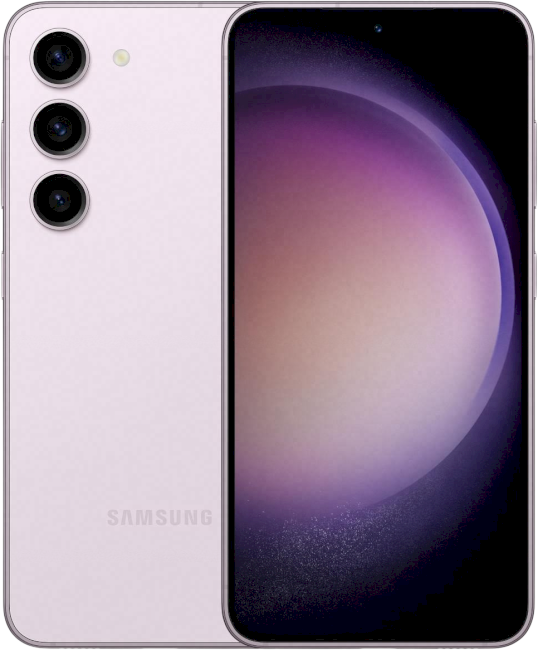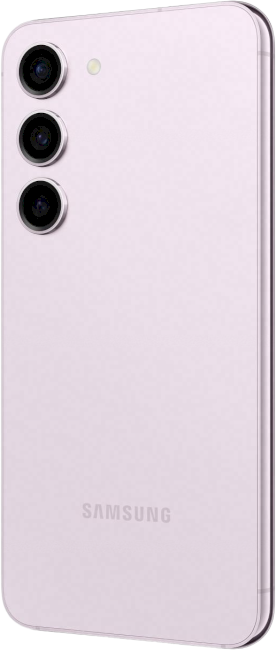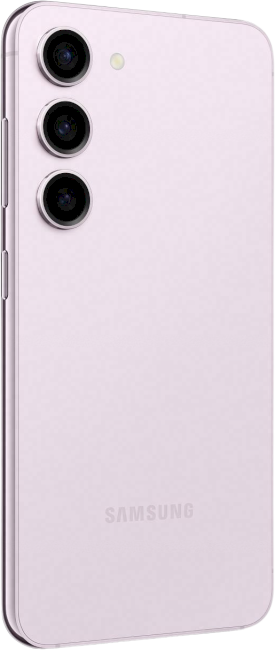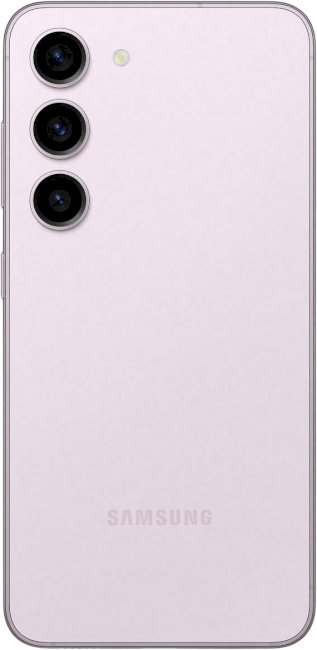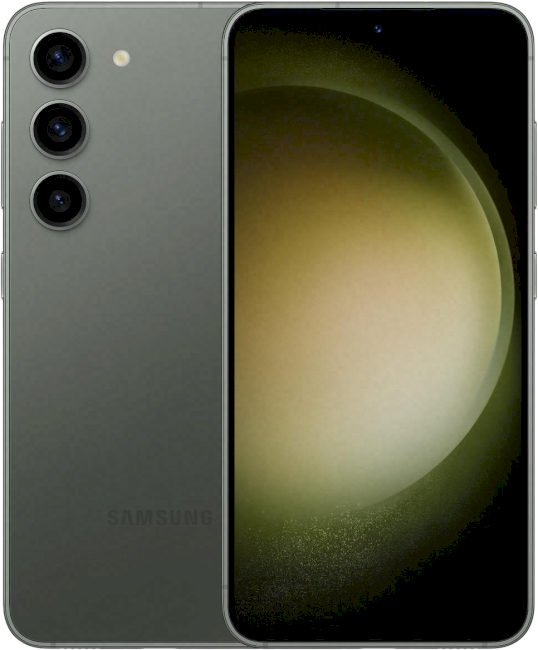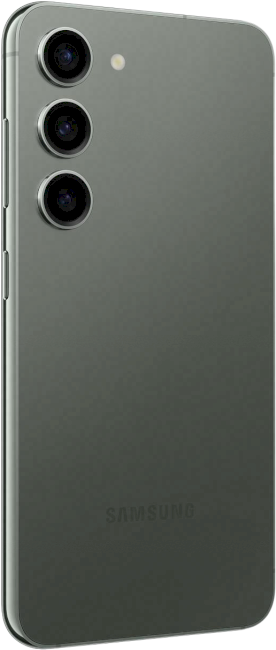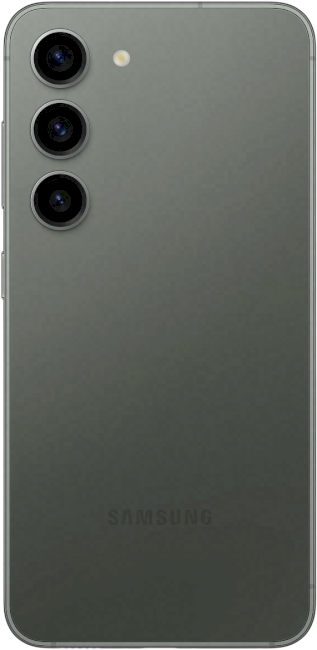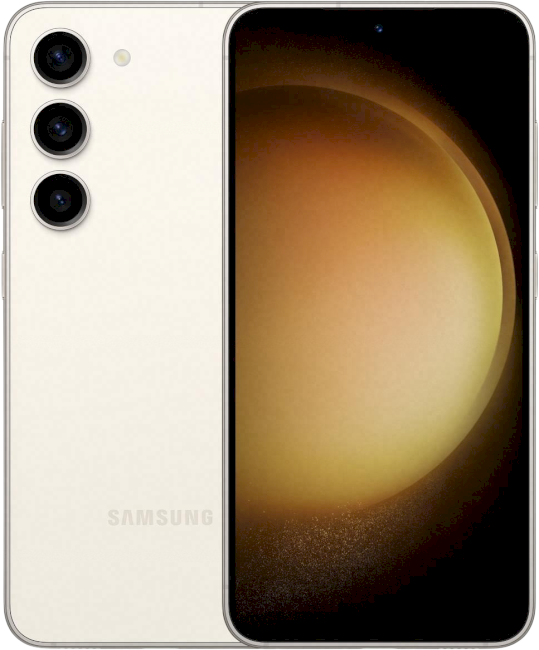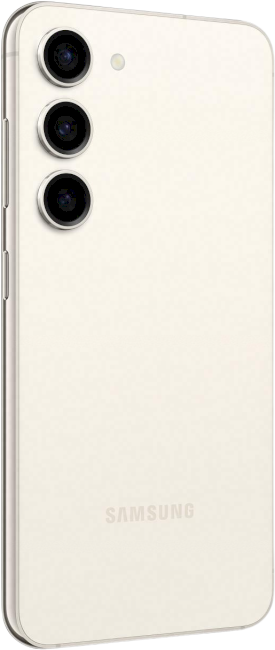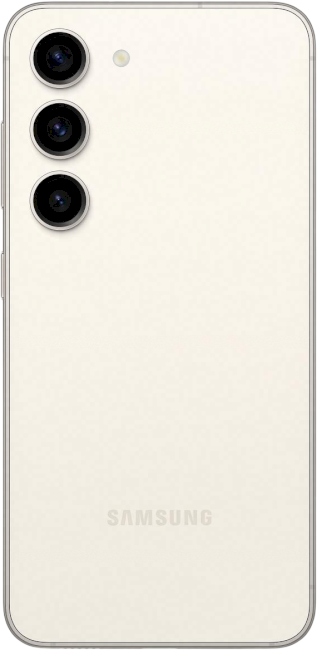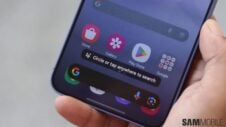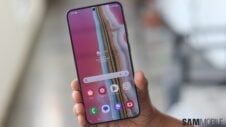The Galaxy S23 series is finally here. Samsung's latest flagship smartphones were announced during the Galaxy Unpacked 2023 event, and we now know the new phones' design, specifications, pricing, and pre-order benefits. Going by what we know so far, it looks like the Galaxy S23 is an iterative upgrade over the Galaxy S22. Why do we say that?
Let's find out what has improved with the Galaxy S23 and what has stayed the same. As a Galaxy S22 owner, here's what you need to know about the Galaxy S23.
Galaxy S23's Snapdragon 8 Gen 2 processor is faster and more stable
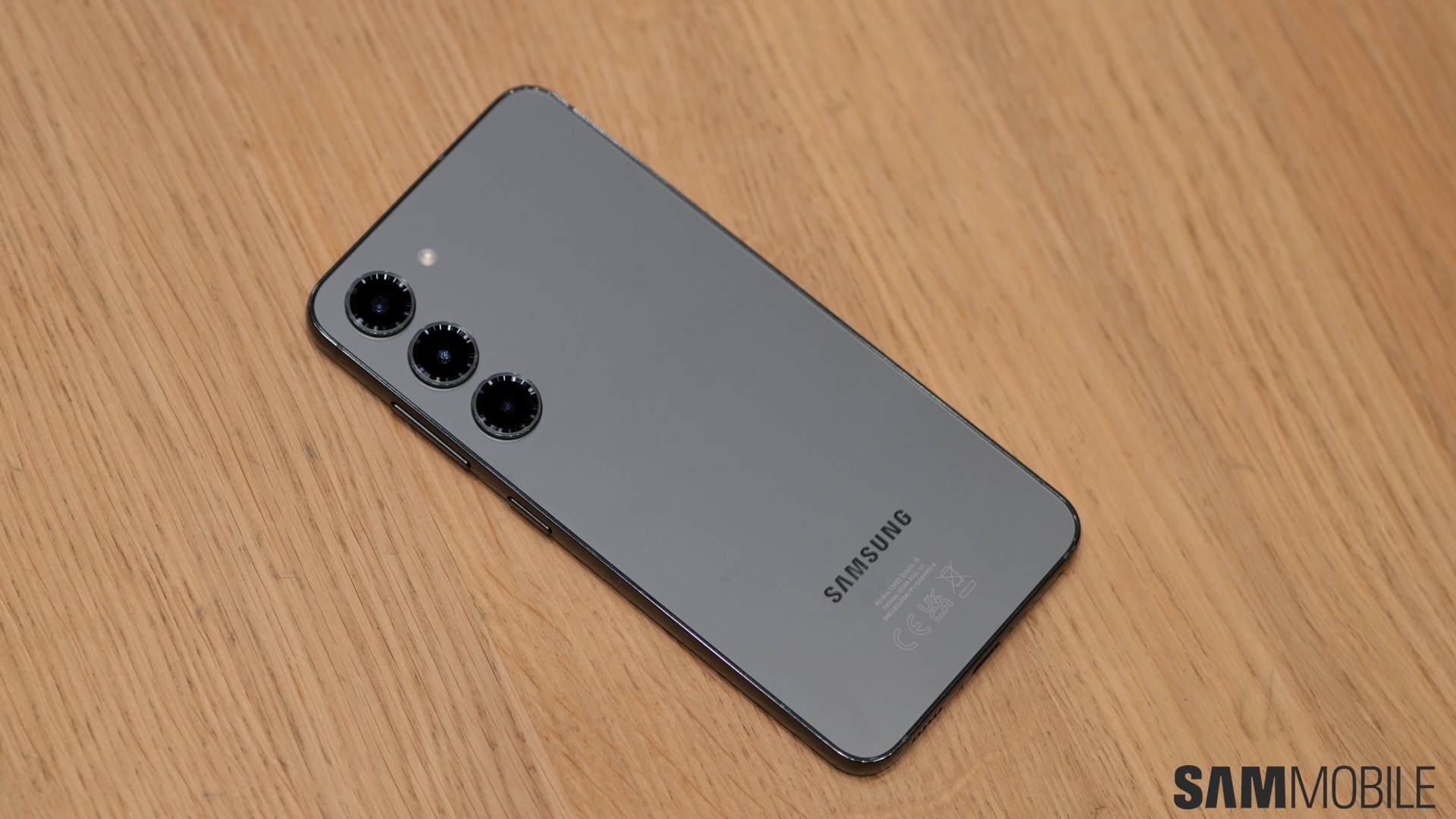
The most significant upgrade the Galaxy S23 brings is its faster processor, the Snapdragon 8 Gen 2 For Galaxy. Although it has just been one year, Qualcomm has made huge strides with its newest flagship smartphone chipset. We all know that the Snapdragon 8 Gen 1 wasn't one of the company's best chips. It had stability issues, and it consumed a lot of power. It couldn't sustain its peak performance for more than a few minutes. The company received a lot of flak for it, but it has returned with a bang.
The Snapdragon 8 Gen 2 For Mobile is a massive upgrade in terms of stability. The new Qualcomm chip has up to 50% faster CPU, a 40% faster GPU, and higher power efficiency. More importantly, it doesn't throttle as much as the Snapdragon 8 Gen 1. Made using TSMC's 4nm process node, it has proven to be even faster than Apple's A16 Bionic chipset in gaming performance.
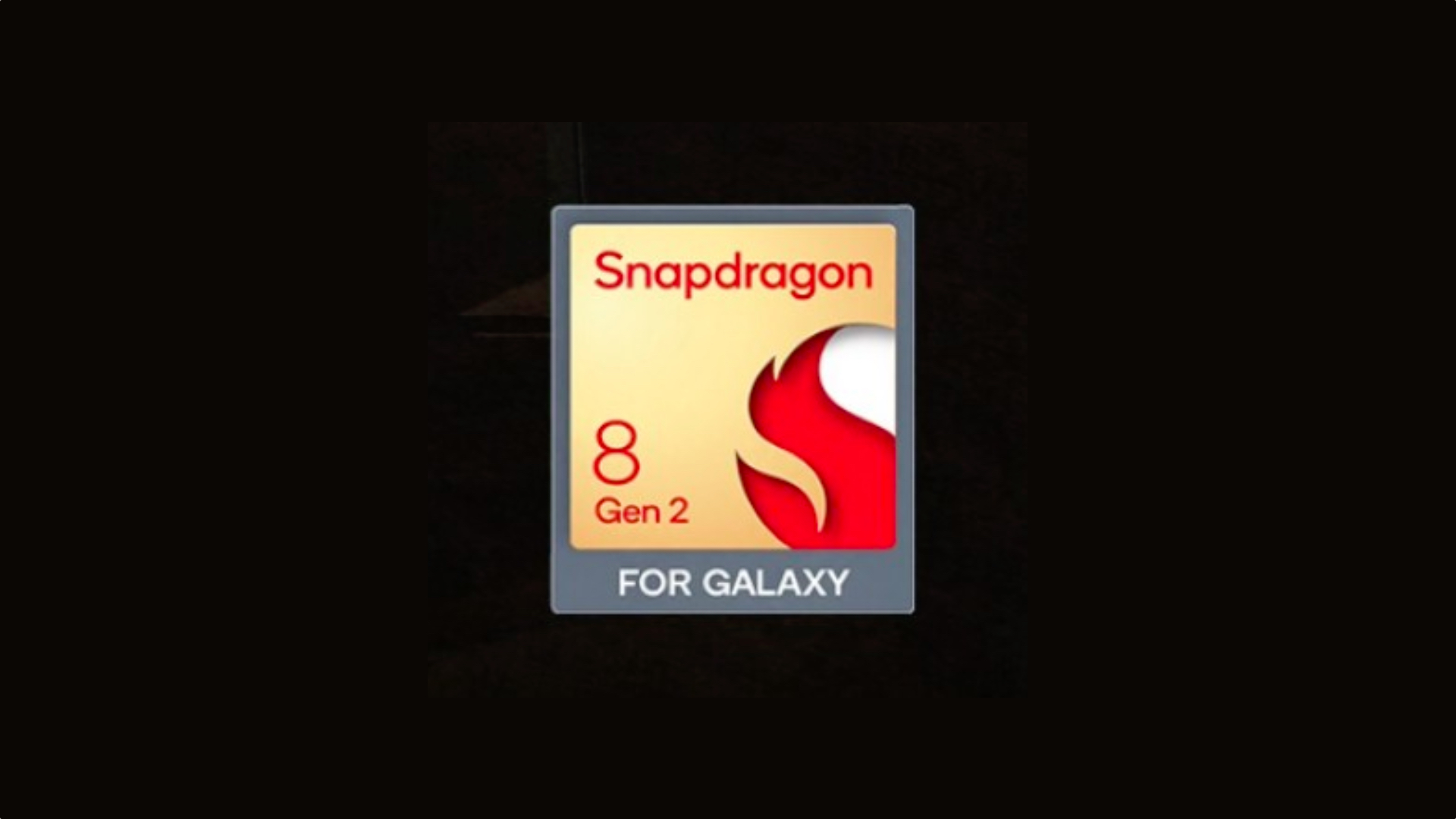
And let us not forget the Exynos 2200 that Galaxy S22 users got in Europe. The Snapdragon 8 Gen 2 For Galaxy will be a massive upgrade over the Exynos 2200 in terms of performance, stability, and power efficiency. It also features a better 5G modem, so the battery life should be better even when connected to a 5G network. The Galaxy S23 also has faster RAM (LPDDR5X) and storage (UFS 4.0), so the phone will boot faster, apps and games will open more quickly, and multitasking will be smoother.
If you are unhappy with the performance of your Galaxy S22, you can think of upgrading to the Galaxy S23. You can check out our Galaxy S23 hands-on video below.
Battery life on the Galaxy S23 should be better, too
The Galaxy S23 also comes equipped with a 3,900mAh battery, a 200mAh increase over the Galaxy S22's 3,700mAh cell. This slightly higher battery capacity, combined with the Snapdragon 8 Gen 2's higher power efficiency, should result in longer battery life than the Galaxy S22.
Galaxy S23 can capture better selfies and selfie videos
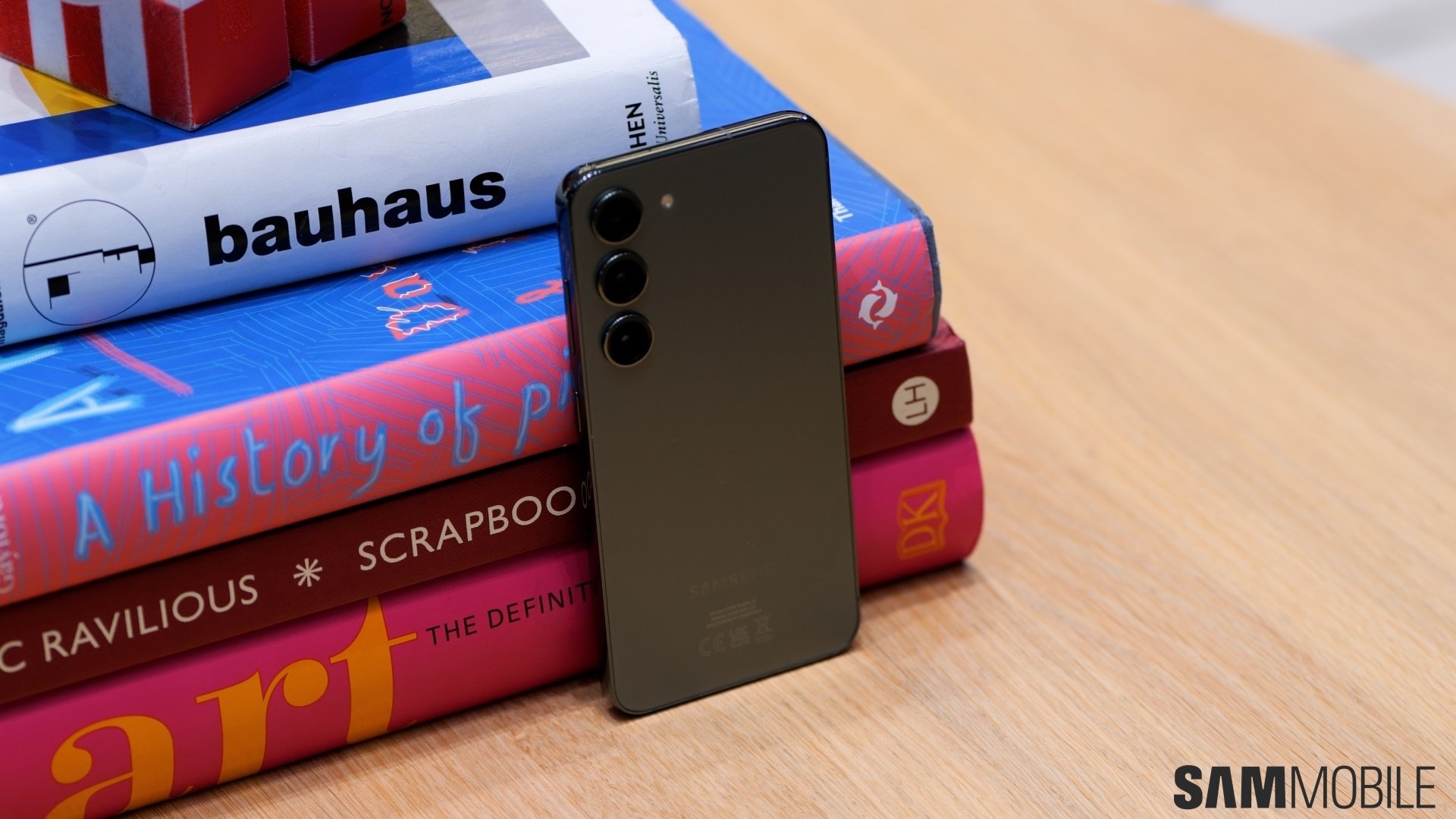
While Samsung hasn't upgraded the rear-facing cameras—50MP OIS primary, 12MP ultrawide, and 10MP 3x zoom—on the Galaxy S23, it has upgraded the front-facing camera. Samsung's new phone comes with a 12MP front-facing camera, featuring a wider field-of-view and the ability to capture 4K 60fps videos with HDR10+.
So, if you are not satisfied with the selfies and selfie videos coming out of your Galaxy S22's 10MP front camera, and if a selfie camera is very important to you, the Galaxy S23 could be a good upgrade.
Some of the other minor improvements include tougher screen protection (Gorilla Glass Victus 2), 8K 30fps video recording (up from 24fps on Galaxy S22), Wi-Fi 6E, Bluetooth 5.3, and longer software update support (up to Android 17).
What hasn't changed?
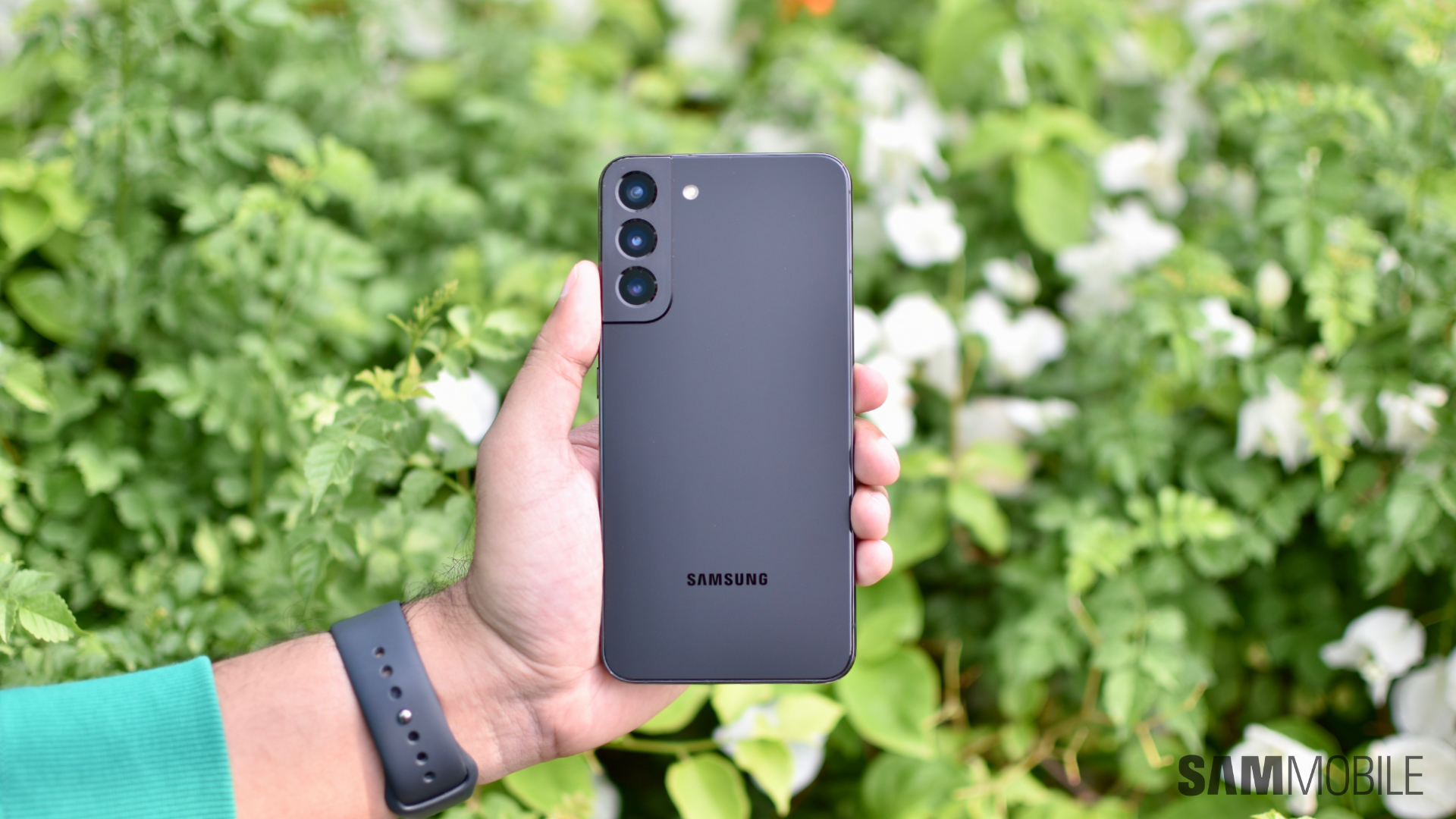
Both phones—Galaxy S22 and Galaxy S23—have the same build, featuring an Armor Aluminum unibody design and an IP68 rating for dust and water resistance. They both have a 6.1-inch Dynamic AMOLED 2X display with Full HD+ resolution, 48H-120Hz variable refresh rate, and up to 1,750 nits peak brightness. They also feature the same rear cameras, stereo speakers, 5G, ultrasonic fingerprint reader, and features like Samsung Pay, Samsung DeX, and Samsung Knox.
So, unless you want improved performance, a better selfie camera, or slightly longer battery life, if you have a Galaxy S22, you don't need to upgrade to the Galaxy S23. If you've decided to upgrade to the Galaxy S23, you can pre-order it here and get free storage upgrade and other pre-order benefits.
General Information
-
Model Name
Galaxy S22
Galaxy S23
-
Model type
Bar
Bar
-
Colors
Beige ()Light Blue ()Black ()Green ()Gray ()Rose Gold ()White ()
Phantom Black ()Cotton Flower ()Botanic Green ()Misty Lilac ()
-
Announced
2022, February
2023, February
-
Released
2022, March
2023, February
Physical specifications
-
Dimensions
Bar: 146 x 70.6 x 7.6 mm
Bar: 146.3 x 70.9 x 7.6 mm
-
Weights
167g
167g
-
IP rating
IP68
IP68
Operating system
-
Operating system
Android 12
Android 13
-
One UI version
4.1
5.1
Networks
-
SIM
Dual SIM model
Dual SIM model
-
SIM card sizes
Nano-SIM (4FF)
Nano-SIM
-
Networks
2G3G4G5G
2G3G4G5G
-
eSIM support
Yes
Yes
Display
-
Kind
Main Display
-
Name
Infinity-O Display
-
Technology
Dynamic AMOLED 2X
Dynamic AMOLED 2X
-
Size
6.1 inch / 154.94 mm
6.1 inch / 154.94 mm
-
Resolution
FHD+ / 2340x1080 pixels
FHD+ / x pixels
-
Refresh rate
120Hz
120Hz
